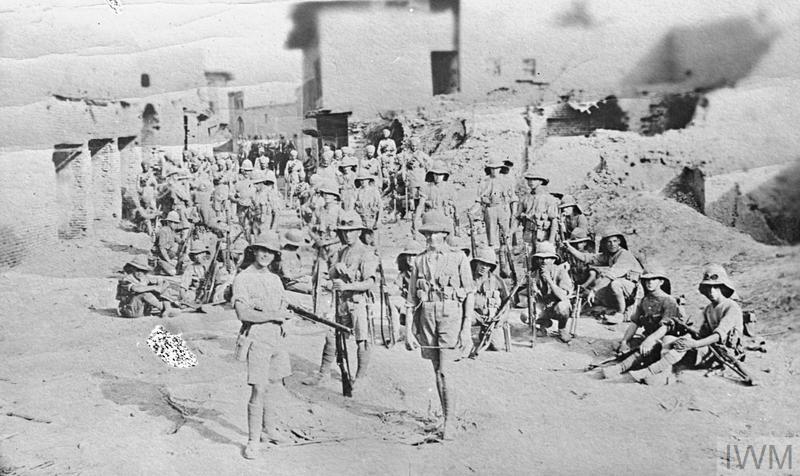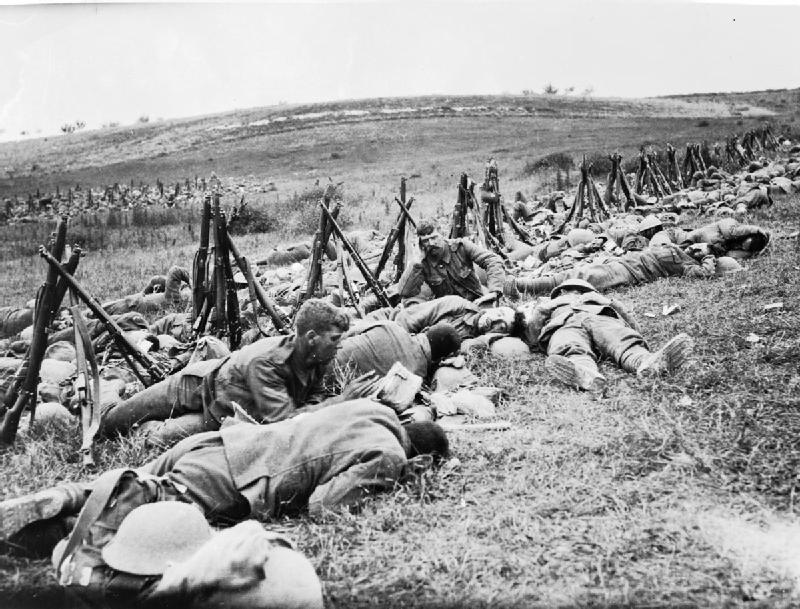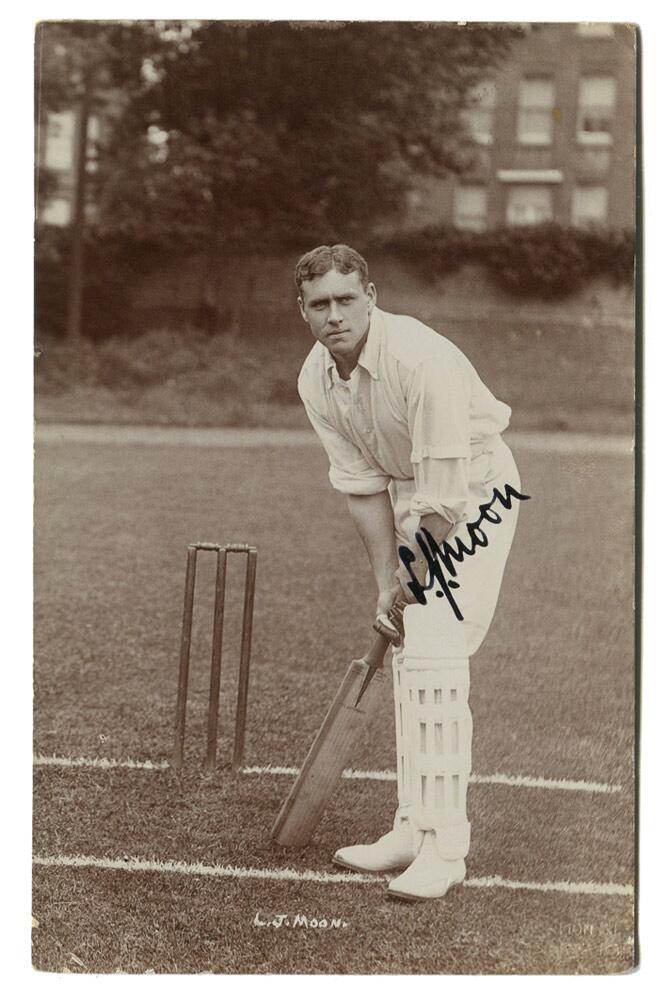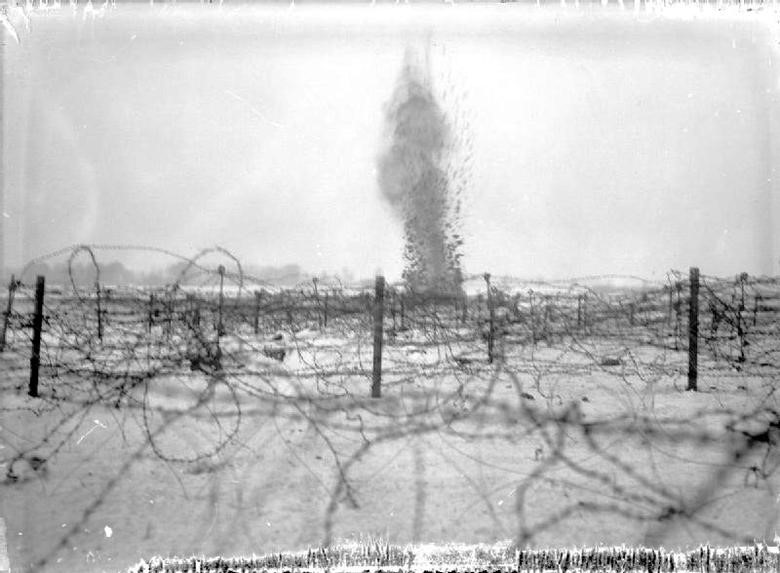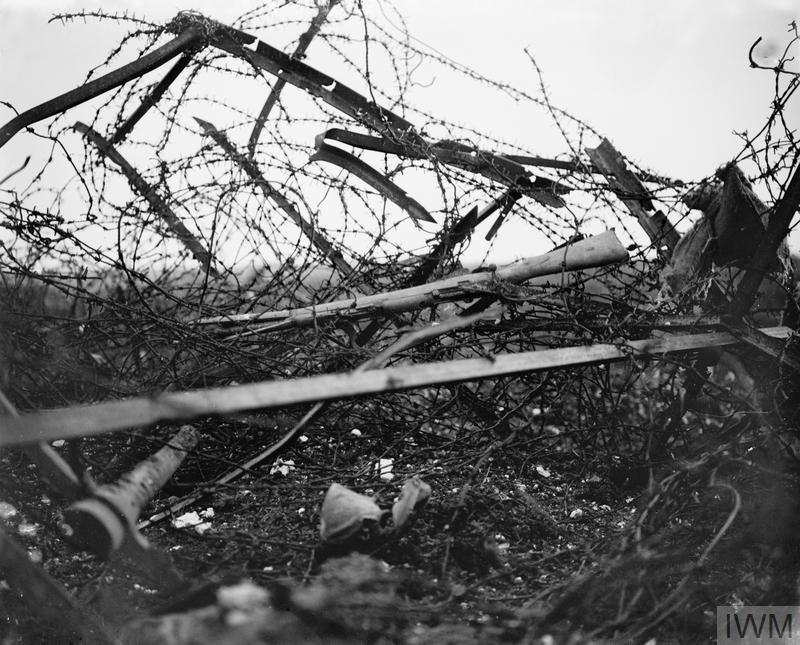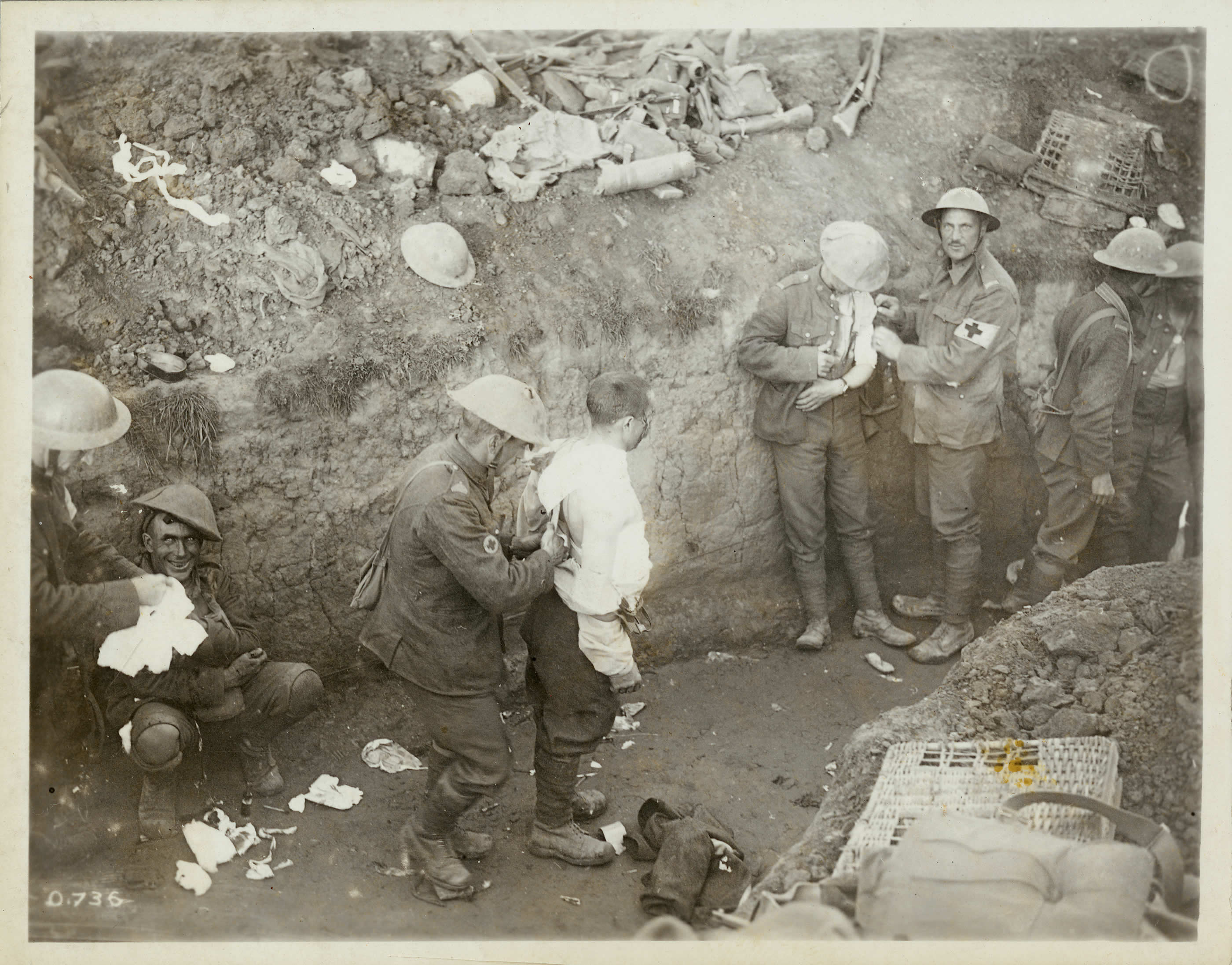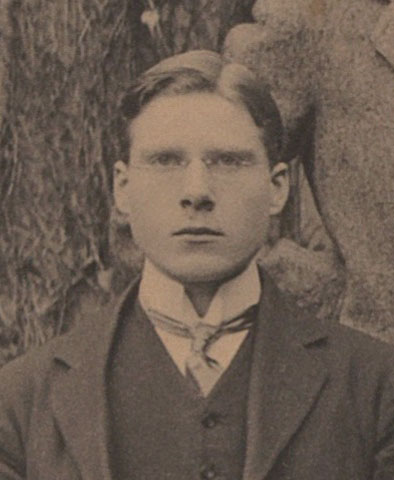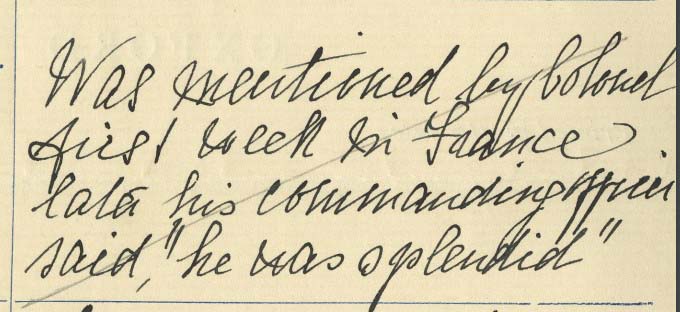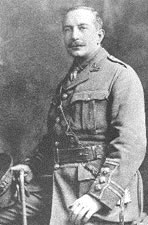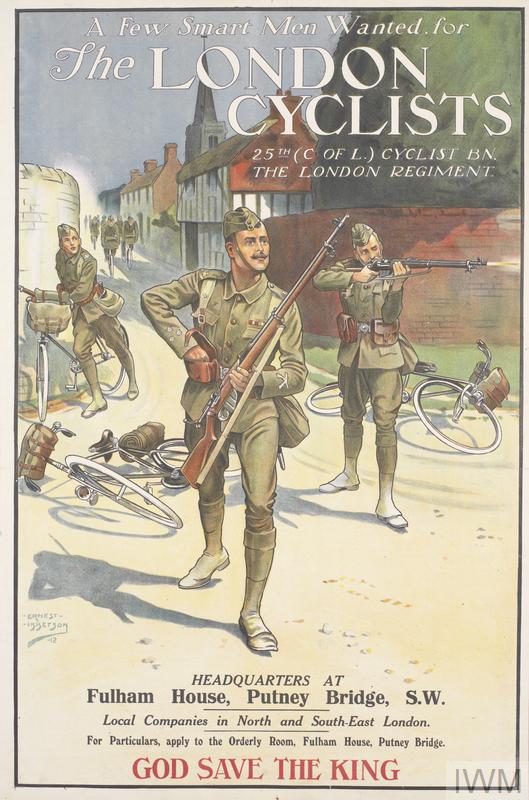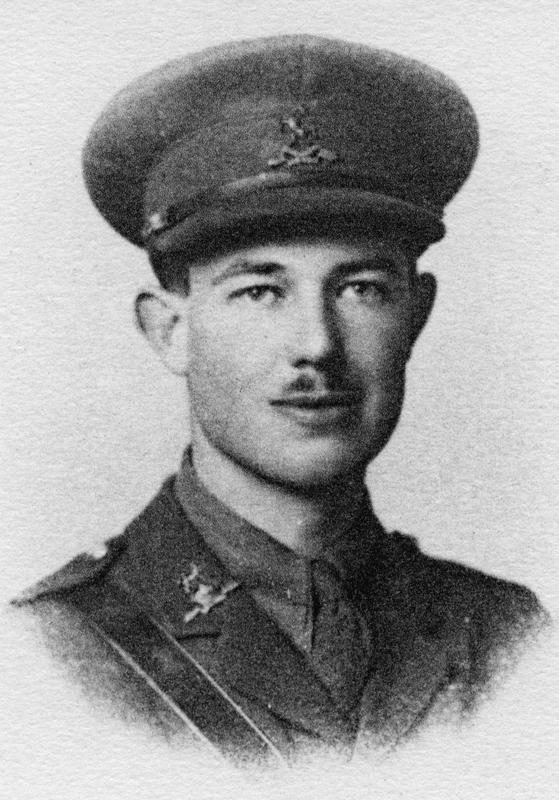Eric Clive Graham
Eric Clive Graham was a pupil in Ashburnham House from 1909 until 1913. He was the youngest son of American, Lionel Henry Graham and his English wife, Hilda.
At school he was a keen sportsman, taking part in football, athletics and fives. He was the 4th member of the winning 1909 Ashburnham Junior Football team to die in the war — after R. Chalmers and J.W.H. McCulloch and G.J.M. Moxon. The ledger describes his performance that year in mixed terms stating that ‘he kept goal against Rigauds when Carless was out of school. Although he did one or two good things, he was not safe and had no understanding with the backs’. He was clearly more successful as a forward, being described as the House’s chief goal scorer in his final year at the school.
After leaving the school he went to Ingleden Park, Kent to learn agriculture with a view to farming in Canada. However, on the outbreak of war he changed his plans and enlisted in the Public Schools Battalion of the Royal Fusiliers. He left England in February 1916 to join the 1st Battalion at Busreh, on the Tigris in Mesopotamia (modern day Iraq). He was invalided to Bombay in June, but returned to his regiment in Busreh on 12th October 1916. He was killed in action at Kut-el- Amara, Mesopotamia on 9th January 1917 in one of a series of battles which led to the recapture of Kut and, ultimately, the fall of Baghdad.
